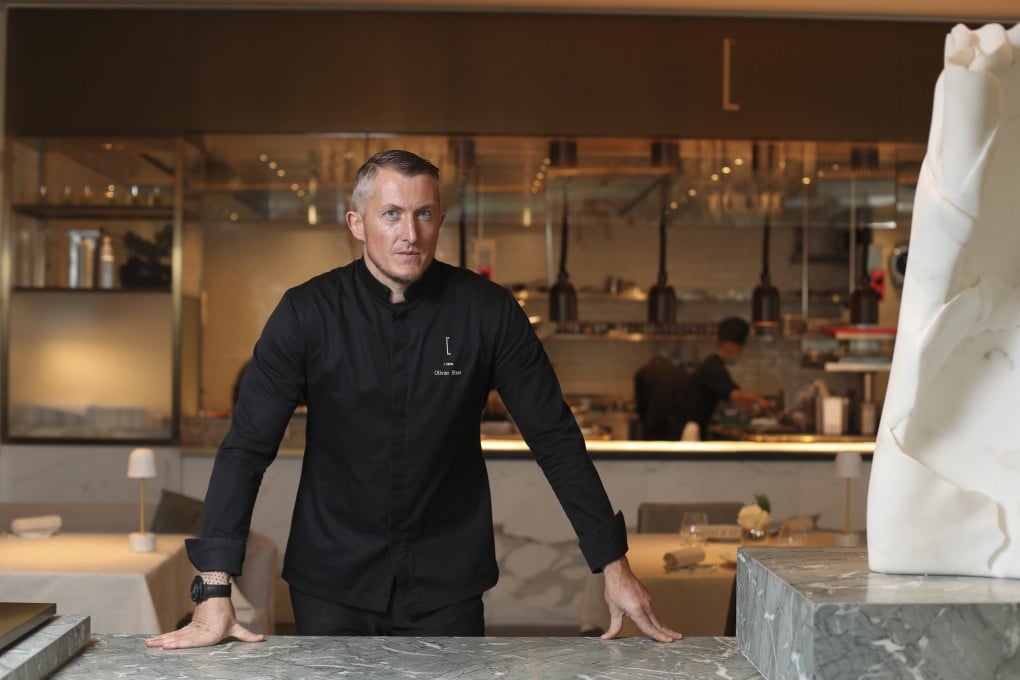Chef Olivier Elzer came to Hong Kong on a mission to collect Michelin stars
- Born in Germany, Olivier Elzer earned his first Michelin star at the age of just 27 and worked with Pierre Gagnaire and Joël Robuchon
- After eight months at L’Envol at the St Regis Hong Kong, he got a Michelin star and is pushing hard for a second

Tell us about your childhood. “I was born in Koblenz, Germany. My father was a German chemist and my mother is French. When I was five years old, my father committed suicide, so my mother moved my older sister and me to Strasbourg, Alsace [in France], where she had family. We had visited during the holidays, but I only spoke German so I started learning French.”
How did you start cooking? “My mum opened a casual restaurant near Nice serving traditional French food. I liked to dress up, so she gave me the job of cleaning glasses at the bar, but then I got bored. One Saturday the sous chef called in sick and the head chef complained to my mother that the restaurant was full and there wasn’t enough staff. I came over and said, ‘I will help you, even wash pots.’ I was around 13 years old.
“After that the chef became another person and showed me his tricks because it was in his interest to help me. From that point on I was excited to become a chef. I was always excited to see the kitchen – the speed, the stress – and being German I like being very organised. After that I helped my mother in the kitchen on the weekends until I went to culinary school.
“Another person who helped me was my stepfather, who was a gourmet. He knew I liked cooking and told me to do the best that I can do. When I was 14 years old, he told me about the Michelin guide and that I should work for Michelin-starred restaurants to learn good skills.”
What was it like working in these restaurants? “I alternated between two weeks of culinary school and two weeks in the restaurant. There were 25 to 30 people in the kitchen, all dressed like in the army. I started at 6.30am and finished past midnight. I never argued with the chef because I saw others who complained and he would pull out a stack of CVs from his drawer to show them they could be replaced.